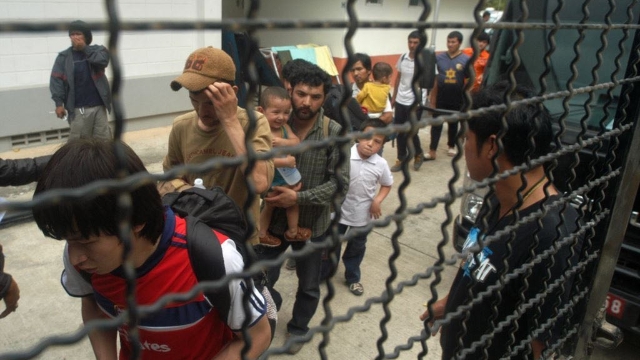Striking a Balance: The Ogiek Struggle between Conservation
and Rights
The dilemma between conservation efforts and human rights is vividly encapsulated in the plight of Kenya's Ogiek people, who have long inhabited the Mau Forest in the Great Rift Valley.
Since the colonial era, when
British authorities forcibly relocated many Ogiek into reserves in the 1920s,
the community has faced repeated evictions. Joseph Towett, a representative of
the Ogiek, recounts the history of 17 evictions, with 15 specifically targeting
his people, leading to displacement and loss of ancestral lands.
Despite being resettled, Towett's family represents only a
fraction of the approximately 20,000 Ogiek community members still grappling
with eviction threats or without proper reparations. The failures of successive
Kenyan governments to adequately address the rights of Indigenous peoples have
exacerbated their vulnerability.
Adding to their woes is the encroachment of environmental
concerns, particularly the push for decarbonization highlighted by Kenyan
President William Ruto. While the global community heralds such initiatives as
avenues for equality and prosperity, the Ogiek experience a stark contrast.
Activists accuse the government of prioritizing profit-driven carbon offsetting
schemes over the rights of Indigenous peoples, thus intensifying the threat of
eviction.
The Mau Forest, a vital ecological asset spanning 400,000
hectares, stands as a crucial water tower and biodiversity hotspot. However,
satellite data revealing a 19% loss in tree cover between 2001 and 2022
underscores the environmental degradation plaguing the region. While the
government blames local inhabitants for deforestation, conservationist Mordecai
Ogada points to flawed environmental policies and the allure of carbon credits
as the true instigators.
In the face of mounting pressure to balance conservation and
human rights, the Ogiek community grapples with an uncertain future. Evictions
persist despite court orders, leading to the displacement of hundreds, with
many forced to seek refuge in nearby villages. Towett laments the erosion of
Ogiek identity and heritage, emphasizing the urgency of addressing
environmental challenges without sacrificing the livelihoods and rights of
Indigenous peoples.
In this complex interplay between conservation imperatives
and human rights, the Ogiek dilemma serves as a poignant reminder of the need
for inclusive and sustainable approaches to environmental governance.









